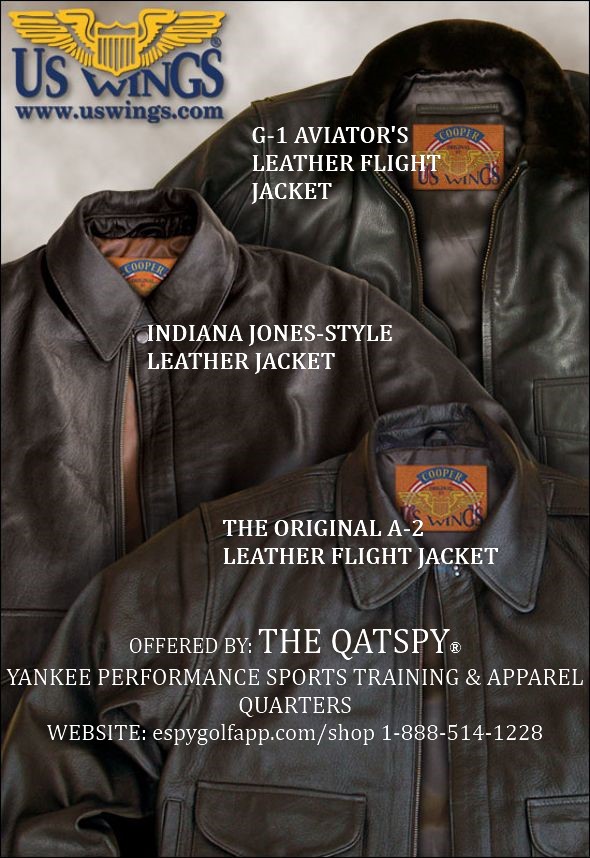THE QATSPY® Yankee Performance Sports Training & Apparel Quarters An Authorized Dealer & Distributor for US WINGS®
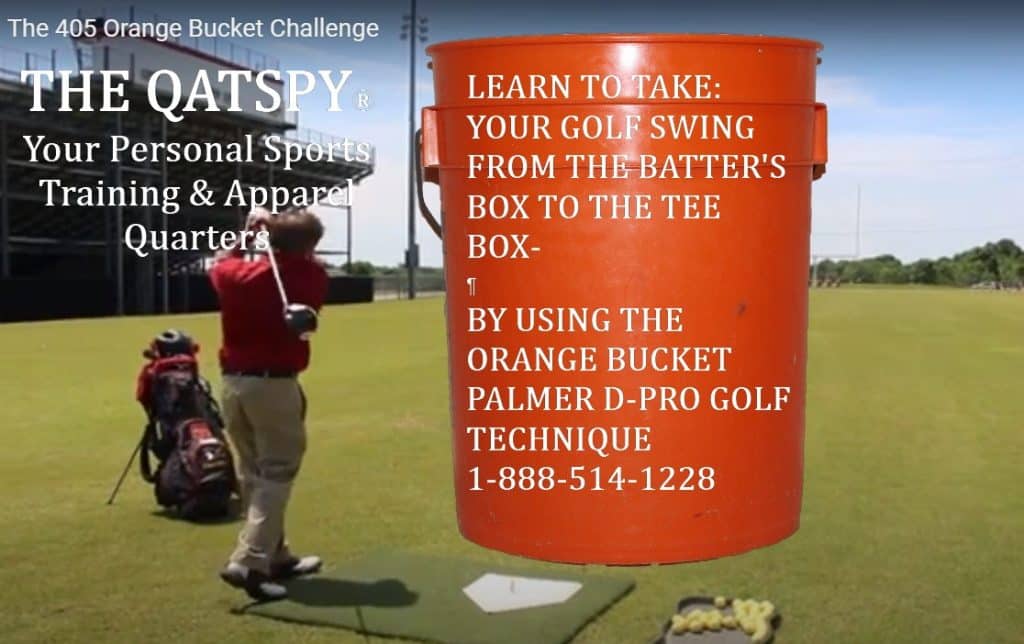
By: Charles W. Boatright
Coach’s Corner: The Golfer’s Wrist Action- To Hit More Fairways and Greens in Regulation and Lower Your Score, Handicap, and Frustration
Ray Lewis, a retired middle linebacker who was with the Baltimore Ravens, stated in one of his motivational quotes- Greatness is a lot of small things done well. The golfer’s wrist action is the one thing the golfer can do well that will have a huge impact on their golf game from tee-to-green.
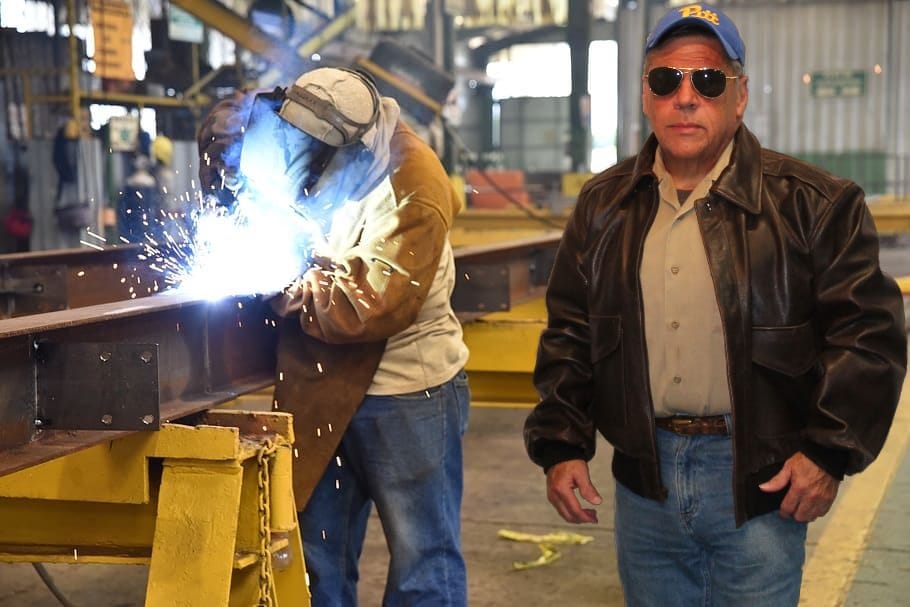
Take a welder, for example, that burns a rod is one thing, but getting penetration, with a clean and nice bead weld is another thing, as it is all about techniques that we use. I admire any highly-trained craft person in various trades. I have welded, done carpentry work, plumbed and wired a house, hung and finished sheetrock, finished concrete, laid brick, farmed, raised cattle, worked in a bakery, cooked for 300 people, and built bridges and transmission lines. It all comes down to the details, or the small things done well and consistent.
The Importance of Low and High Threshold Muscles in Golf, The Golfer’s Wrist Action
All of these endeavors come down to small procedural techniques learned over the years that make the job easier and more effective for a finished product. If you’re looking for large (high threshold) muscle maneuvers performed, you will have a difficult time learning The Golfer’s Wrist Action Technique. It is all based on small (lower threshold) muscle maneuvers, especially in the wrist action, to preset the wrists.
In Kinesiology a huge advantage is the ability to engage the small (lower threshold) muscles before engaging the larger (higher threshold) muscles to first avoid injuries, but, more importantly, to be effective. The low threshold muscles that I’m referring to are those in the lower forearms and wrists, shown below in the next section.
The Key Low Threshold Muscles in The Golfer’s Wrist Action
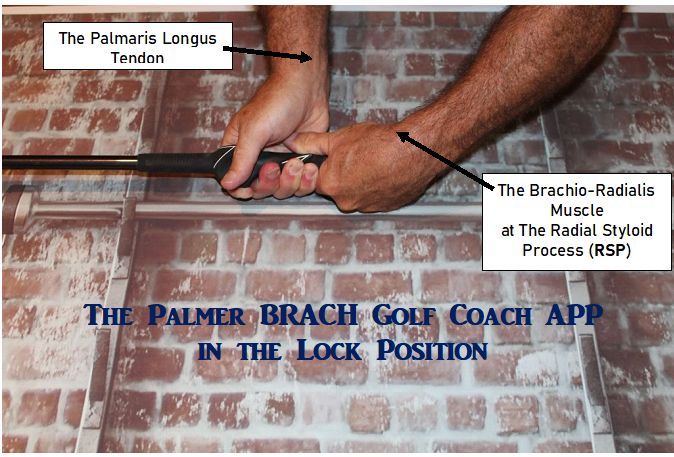
There are two low threshold muscle maneuvers that I would like to focus on to improve your golf game. They are the Palmaris Longus muscle/tendon and the Brachio-radialis muscle. For short, I refer to these as the Palmer and Brach muscles. Brach is pronounced just like the candy company. Knowing how to activate these two muscles is like turning the key on a motorcycle and pressing the start button. These two muscles engage the huge amount of horsepower and control the golfer naturally has, that just needs to be fine toned.
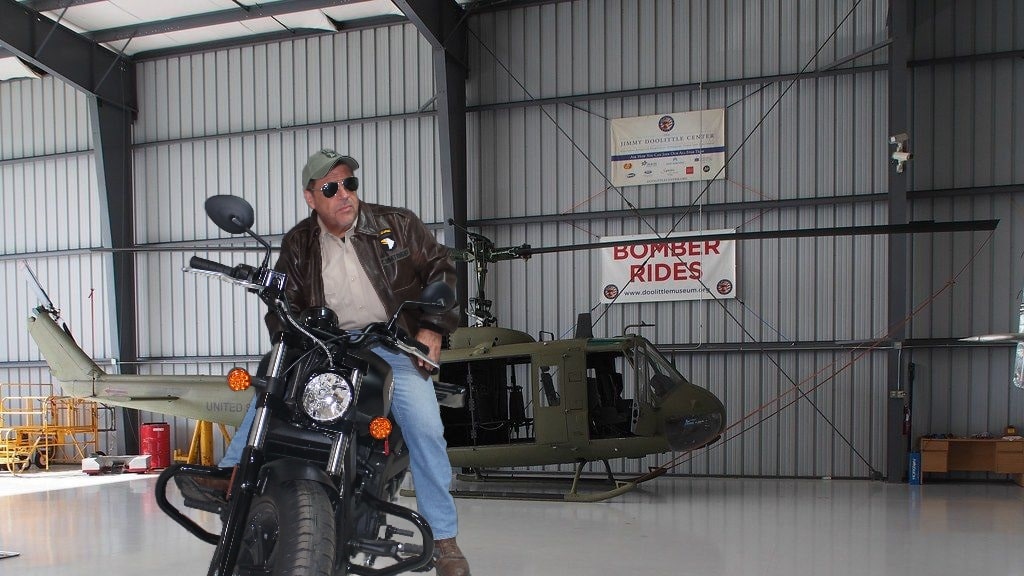
These two muscles set up The Golfer’s Wrist Action for the entire golf swing that represents 80 percent of the golfer’s entire swing sequence. What is great about The Golfer’s Wrist Action technique is the golfer can look down after they have preset The Golfer’s Wrist Action Technique into the Lock Position, as noted. This ensures the golfer that they have set up their entire golf swing correctly, even before the golfer takes the club to the top and back down through impact with the golf ball.
The Golfer’s Wrist Action Comes Down to the Cam and Cam-Over
The Golfer’s Wrist Action comes down to two maneuvers, what I like to refer to as the CAM and CAM-OVER Techniques. These two wrist maneuvers are referred to in Kinesiology as Dorsiflex (CAM) and Pronation (CAM-OVER). If you do these correctly at the correct process points, you well be soon hitting more fairways and greens in regulation with more distance and control in days, not months or years. I actually increased my 8-Iron distance from 145- yards to 160- yards when I perfected The Golfer’s Wrist Action Technique 4-years ago.
Just to demonstrate The Golfer’s Wrist Action Technique, I set up what I call the Orange Bucket Challenge using AlmostGOLF Balls (these balls that travel in feet instead of yards). In this Orange Bucket Challenge, I’m hitting what would be a 300- yard tee shot, within 15-feet of a Home Depot Orange Bucket below.
The Orange Bucket Challenge
The reason I personally like using these AlmostGOLF Balls to practice and teach golf with is that you can use these golf balls in your own backyard or a football field, like I did here. The football field is perfect, because the field already has yardage marked off that makes it easy for alignment and to gauge your distance. Just remember, you are hitting in feet, instead of yards. Just for your reference, the practice balls at your local golf driving range only travel about 75% of the distance of an actual golf ball. This is why you see PRACTICE on these balls. So there isn’t anything strange about using golf balls in your practice that doesn’t travel the full distance.
To Learn more about The Golfer’s Wrist Action Technique or AlmostGOLF Balls, purchase my Download- The Palmer Cam-Over Golf Technique or these practice balls below:
The Palmer Cam-Over Golfer’s Wrist Action Technique
The AlmostGOLF Balls, make your backyard or football field into your own practice range:
Get Inside the Leather with our US WINGS® Authentic A-2 or G-1 Leather Flight Jacket or the Indiana Jones-Style Leather Jacket that we furnished to the movie.

